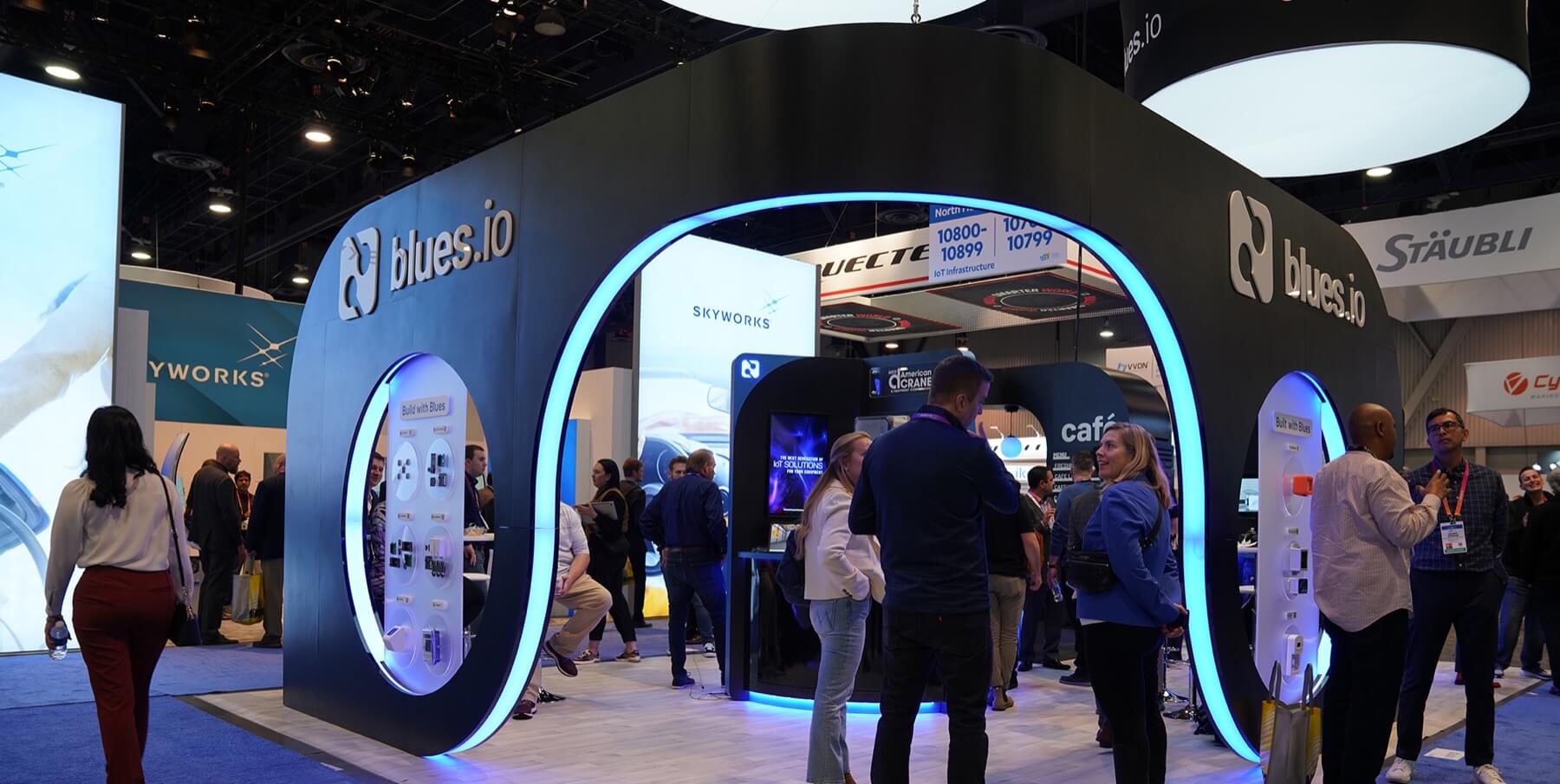News Highlights: Dr. Mike Lloyd, chief Technology Officer, RedSeal
Today we present new cyber predictions for 2021 from Dr. Mike Lloyd, Chief Technology Officer of Red seal.
It’s hard to conceptualize, but we’ve only just started 2021. Considering how much has already happened, both carried over from 2020 and new challenges, it can easily turn out to be forgotten that the year is still young. There is still plenty of time to change the course of your company’s cybersecurity and respond to predictions.
That’s why we wanted to share these 2021 predictions about enterprise cybersecurity with Dr. Mike Lloyd, Chief Technology Officer of Red seal. These predictions were submitted as part of our first annual Cybersecurity Insight Jam.
Cyber Predictions 2021 by Dr. Mike Lloyd, Chief Technology Officer, RedSeal 1. The next big thing in security
The next “big thing” in security is to take something away, not add another widget. Most security teams have accumulated more technology than they can use to achieve the intended benefits. Simplification is never easy – ask a poet. Still, we need to lower the skill level needed to control our ever-expanding attack surface and the associated technology chain.
It is typical for organizations to have between 15 and 50 different security technologies, and enough staff to be experts in about 5 of them. This means that the other choices must either be integrated through automation so they can be driven from the products your teams can handle or eliminated.
Of course, it’s not good to drop a defense that you decided you needed in the past. The good news is that automation is improving and salespeople are willing to help, as no one wins if we drop our defensive stance due to the inability to drive all this complex technology.
2. What are some of the most important security lessons learned from 2020?
The proliferation of tools is a serious problem – we need to reduce the complexity of our technology stacks and make smart choices about which approaches are really essential. Too many real breakthroughs had a sensor in place and it detected an anomaly, but the anomaly was buried in an avalanche of other anomalies, none of them serious.
Organizations don’t buy tools they don’t need – we all have strong procedures to avoid unnecessary purchases. However, none of these controls can help you when you receive too many alerts from too many products, without a good way to prioritize and put all the information in the context of your own network. Relevant prioritization of facts is the main missing piece in most organizations.
3. How can companies prepare for 2021?
Ask what is really essential so that you can focus. A good model is known as the OODA Loop – it stands for Observe, Orient, Decide, then Act. We have a lot of “Observe” technology – a lot of sensors. Most companies have invested heavily in Decide (with SIEM) and are in the early stages of automating Act (with SOAR). The big gap to address in 2021 is Orientation – taking all the raw facts and relating them to your specific business situation so that you understand what is relevant or critical and what is of low priority.
Thanks to Dr. Mike Lloyd, Chief Technology Officer of Red Seal, for his time and expertise. Please see our SIEM Buyer’s Guide for more information.
Ben Canner
Ben Canner is an enterprise technology writer and analyst working in Identity Management, SIEM, Endpoint Protection and Cybersecurity. He holds a Bachelor of Arts degree in English from Clark University in Worcester, MA. He previously worked as a corporate blogger and ghostwriter. You can reach him via Twitter and LinkedIn.
Latest posts from Ben Canner (view all) Via: solutionsreview.com
Read more: Check the latest technology news updates and information. Share this news with your friends and family to support us.





More Stories
The Challenges of Modern Data Ecosystems Most Startups Don’t Envisage
Level Up Instantly: The Fastest Way to Buy Free Fire Diamonds in 2025
What Are the Benefits of Yext SEO for Businesses?